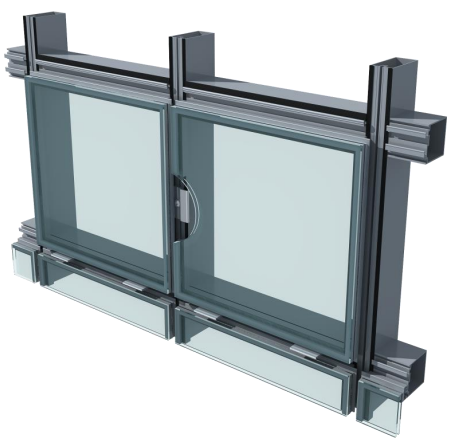

Understanding Low-E Glass A Smart Choice for Energy Efficiency
In recent years, the importance of energy efficiency has gained significant traction. Homeowners, builders, and architects alike are seeking ways to reduce energy consumption while maintaining comfort and aesthetics in buildings. One of the most effective solutions that has emerged in this context is Low-E glass, a revolutionary material that is transforming the way we think about windows and their role in energy conservation.
What is Low-E Glass?
Low-E, or low emissivity glass, is a type of glazing that has been treated with a special metallic coating. This coating reflects infrared energy while allowing visible light to pass through. Essentially, it acts as a barrier to thermal energy, which means it keeps heat inside during the colder months and reflects excess heat away during the warmer months. This dual function makes Low-E glass a versatile and energy-efficient choice for windows.
How Does Low-E Glass Work?
The technology behind Low-E glass is relatively simple yet highly effective. The metallic coating is usually applied on one of the inner surfaces of double or triple-pane windows. By doing so, it minimizes the transfer of heat between the interior and exterior environments. In the winter, the coating reflects warmth back into the room, helping maintain a comfortable indoor temperature without excessive heating costs. Conversely, in the summer, it deflects the sun’s heat, keeping indoor spaces cooler and reducing the need for air conditioning.
Benefits of Low-E Glass
1. Energy Savings The most significant advantage of Low-E glass is its ability to contribute to energy savings. Studies indicate that windows equipped with Low-E glass can reduce household energy costs by up to 20% to 30%. This not only results in lower utility bills but also decreases the overall carbon footprint of the building.

2. UV Protection Low-E glass also offers protection against harmful ultraviolet (UV) rays, which can cause fading in furniture, carpets, and artwork. By blocking a substantial amount of UV radiation, Low-E glass contributes to the longevity of interior furnishings.
3. Comfort Enhancement By regulating indoor temperatures, Low-E glass contributes to greater comfort for inhabitants. This is particularly useful in regions with extreme temperatures, as it helps maintain a more stable indoor environment throughout the year.
4. Condensation Reduction Traditional windows often experience condensation, which can lead to mold and mildew growth. Low-E glass helps minimize condensation by keeping the interior surface of the glass warmer, thereby reducing the moisture buildup that typically occurs with standard double or single-pane windows.
5. Environmental Impact The widespread adoption of energy-efficient technologies like Low-E glass can have substantial environmental benefits. By reducing the demand for heating and cooling, we decrease greenhouse gas emissions associated with power generation, contributing positively to the fight against climate change.
Applications of Low-E Glass
Low-E glass is suitable for a variety of applications, making it an ideal choice for residential, commercial, and industrial buildings. Homeowners can utilize Low-E glass in windows to enhance energy efficiency while maintaining aesthetic appeal. In commercial settings, its applications are even broader, allowing for large-scale installations in office buildings, retail spaces, and more. The versatility allows architects and designers to integrate Low-E glass into their projects without compromising style or function.
Conclusion
Low-E glass represents a significant advancement in building technology, combining energy efficiency with aesthetic appeal. As the demand for sustainable building practices continues to rise, Low-E glass stands out as a practical solution that not only enhances comfort and reduces energy costs but also benefits the environment. For homeowners and builders looking to invest in energy-efficient solutions, integrating Low-E glass is a smart choice that pays dividends both in savings and sustainability. Embracing this innovative glazing technology is a step forward in creating a more energy-efficient future.